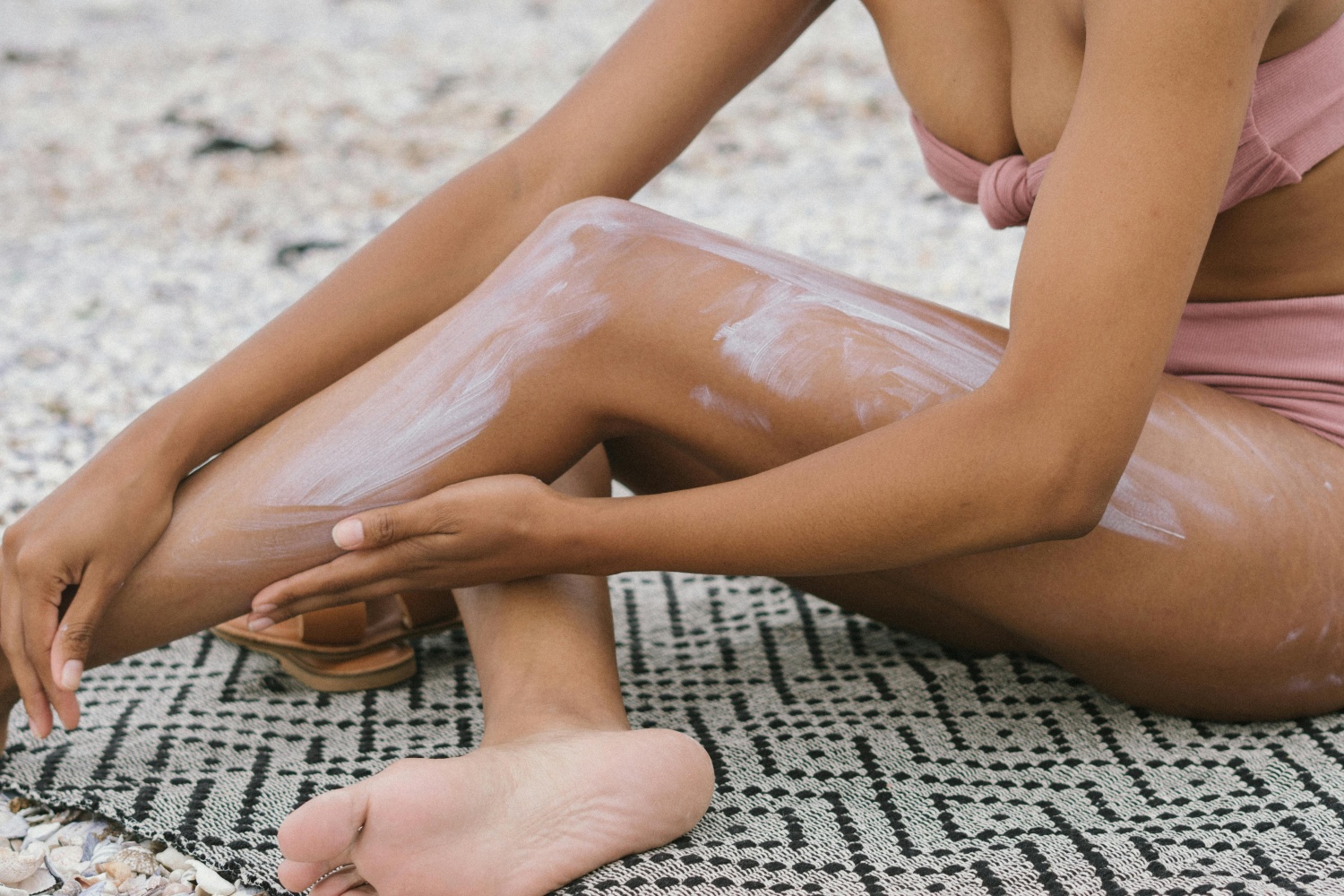 Credit : Pexels/RF._.studio
Credit : Pexels/RF._.studioThe rules of suncare are simple. If you're headed to the beach or have a day of outdoor activities planned, you should have sunscreen on hand. As the first line of defense against harmful UV rays, sunscreen is an important part of your daily skincare and body care routine. Your local beauty store is filled with options, but when it comes to deciding between sunscreen cream or sunscreen gel, things can get confusing.
Like many skincare products, the best type of sunscreen will depend on your skin's needs. However, it helps to have a guide when perusing stores or shopping online. Keep reading to learn the difference between sunscreen cream and sunscreen gels to help determine which will work for you.
What is a sunscreen cream?
As they are one of the original forms of suncare, you've probably had the most experience with sunscreen creams. Whether housed in a bottle or convenient tube, they are a dime a dozen at any retailer. These products have a thick consistency, like a lotion, and function as an emollient and sun protection. Many are made of hero skincare ingredients, such as ceramides and hyaluronic acid to soothe and moisturize the skin. For this reason, sunscreen creams are a nice option for drier skin types.
What is a sunscreen gel?
Sunscreen gels are becoming a popular option for more than one reason. Unlike traditional creams, they have a lightweight formula that absorbs almost instantly. Long gone are the days of buffing the product into your skin. Thanks to their water-based formula, sunscreen gels soak in quickly and leave no white cast or residue behind. They can be used by any skin type but are exceptional for oily complexions and delicate hairy areas, according to the American Academy of Dermatology (AAD). The consistency also makes them a top choice for those with sensitive or acne-prone skin.
SPF Protection of Sunscreen Creams and Gels
As for protection, both types of sunscreen vary in SPF levels and can range from SPF 30 and up. While it may be tempting to reach for a higher SPF product, it doesn't always mean the protection will be greater. According to the AAD, high-number SPFs may not last as long as a lower version. This is especially important for sunscreen creams since they can take longer to absorb. Ultimately, the AAD notes that a product with at least SPF 30 is ideal, as it blocks 97% of the sun's rays.
Reapplication is another factor that is equally important for both creams and gels. Despite the difference in absorption, experts recommend that you should be reapplying every two hours. However, if you're engaging in vigorous outdoor activities that could remove the product (pickleball, anyone?), one scientific study notes that it can be beneficial to reapply every 30 minutes.

